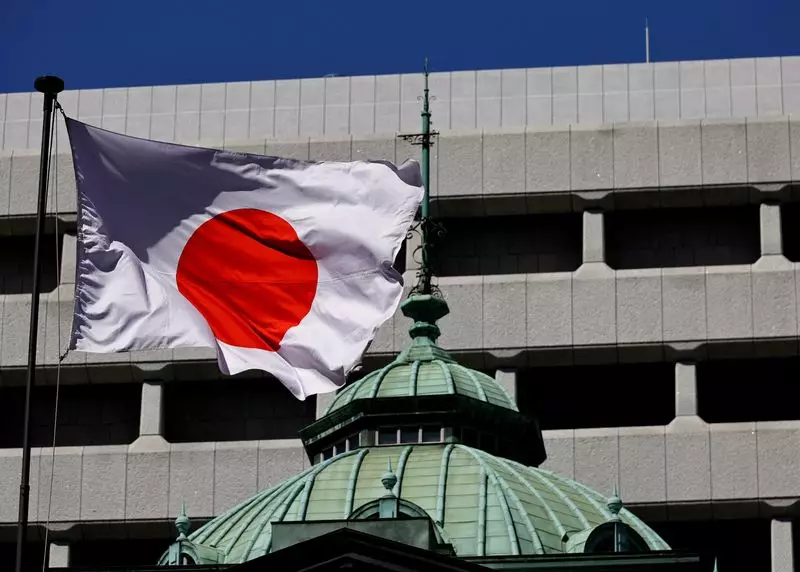The Bank of Japan held discussions in June regarding the possibility of a near-term interest rate hike, with one policymaker advocating for an immediate increase to address the risks of inflation surpassing expectations. The meeting summary revealed a growing awareness within the board of the escalating inflationary pressure in the world’s third-largest economy. This heightened inflationary pressure could prompt the BOJ to consider raising interest rates as early as its upcoming policy meeting on July 30-31.
During the June 13-14 policy meeting, a member suggested that the recent declines in the yen could lead to an upward revision of the BOJ’s inflation forecasts, potentially necessitating a shift in the appropriate level of the policy rate. It was noted that the central bank must continue to closely monitor data leading up to the next policy meeting in July, as upside risks to prices have become more evident. There was a sentiment among some members that if the timing was deemed appropriate, the BOJ should not delay in raising its policy rate.
However, some members of the nine-member board were more cautious about an immediate rate hike. They emphasized the importance of assessing whether rising wages would be sufficient to stimulate consumption amidst the current economic conditions. The central bank maintained short-term rates at a range of 0-0.1% during the June meeting but announced plans to provide a detailed strategy for reducing its $5 trillion balance sheet in the following month, indicating a gradual move towards normalizing monetary policy.
With inflation surpassing the BOJ’s 2% target for two consecutive years, there have been indications that the central bank may raise short-term rates to levels that neither overheat nor cool down the economy, estimated by analysts to be within the range of 1-2%. Market participants anticipate that the BOJ will implement further rate hikes at some point this year, although opinions are divided on whether this adjustment will occur as early as July or later in the year.
Japan’s core inflation reached 2.5% in May, a significant acceleration from the previous month’s 2.2%, primarily attributed to higher energy costs. The weak yen presents a challenge for the BOJ’s policy decisions. While it contributes to maintaining inflation above the 2% target, the resulting increase in imported goods prices has adverse effects on consumption by elevating households’ living expenses. The exchange rate between the dollar and the yen has been fluctuating, with the dollar reaching 159.62 yen on Friday and standing at 159.87 yen in Asia on Monday.
There is a clear indication that the BOJ’s monetary policy decisions are based on assessments of long-term inflation trends and wage developments, rather than short-term fluctuations in the foreign exchange market. Despite speculations among some market players that the central bank might consider a rate hike to counteract the yen’s decline, indications suggest that the BOJ will continue to prioritize its inflation and wage assessments in determining its policy direction.

